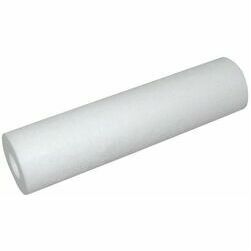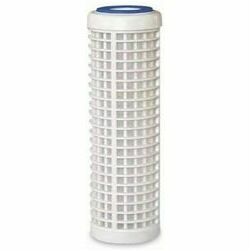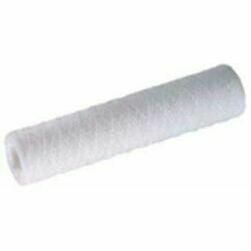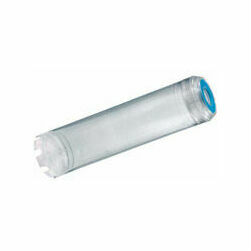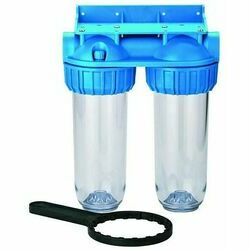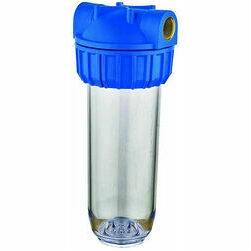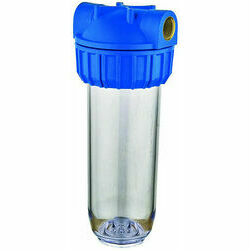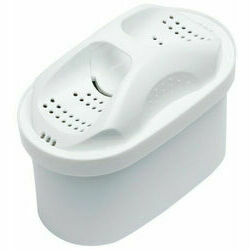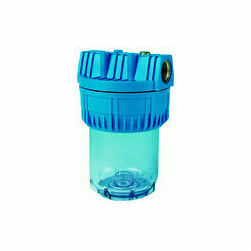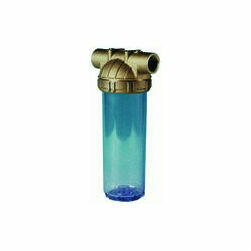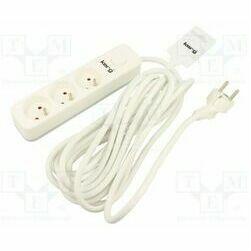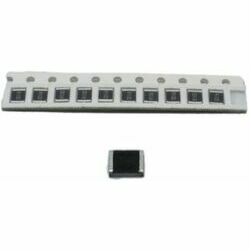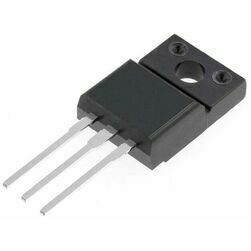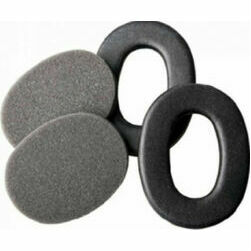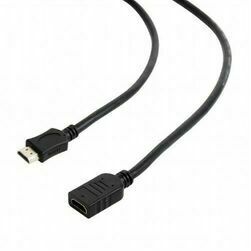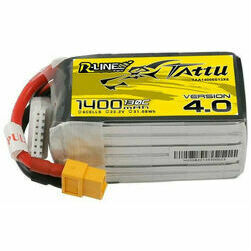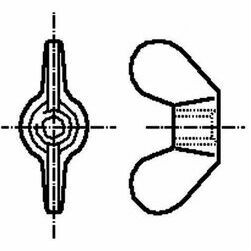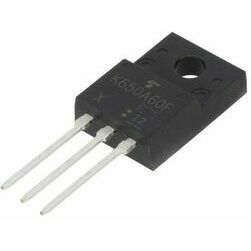Softening ion-exchange resin HCRSS114.85€/ gab.Cena ieskaitot PVN 21%
|
Parameters
Volume
25
L
Moisture content
48 - 52
%
Total exchange capacity
1.9
eq/L (min.)
Beads density
1.3
g/mL
Bulk weight
800
g/L
Maximum operating temperature
120
°C
Dowex HCR-S/S is a strong acid cation exchange resin of gel type developed by Dow Chemical Corporation (USA) for application in domestic, commercial and industrial water softening systems.
The resin features high exchange capacity to provide excellent kinetic behavior. It exhibits good physical, chemical and thermal stability.
Key features
- Effective reduction of hardness due to high exchange capacity
- High filter performance due to high filtration rate
- Economical water consumption for regeneration due to low bulk density
- Economical salt intake
- Stable effective operation for more than 5 years
Specification
Technical characteristics of the media
- Type: Strong acid cation
- Matrix: Styrene-DVB, gel
- Functional group: Sulfonic acid
- Ionic form during delivery: Na+
- Total exchange capacity: 1,9 eq/L (min.)
- Moisture content: 48 - 52 %
- Number of uncracked beads: 90% (мін.)
- Beads density: 1.3 г/мл
- Bulk weight: 800 g/L
Recommended operational conditions
- Maximum operating temperature: 120°C
- рН range: 0-14
- Bed depth, min.: 800 mm
- Flow rates:
— Service/fast rinse: 5-50 m/h
— Co-current regeneration/displacement rinse: 1-10 m/h
- Total rinse water consumption: 3-6 bed volumes
- Regenerant: 8...12% NaCl
- Salt consumption for regeneration: 100-150 g/L.
How it works
During the water filtration through the cation exchange resin the hardness ions Na removes ions Ca and Mg.
The replacement of calcium and magnesium ions by sodium ion prevents scale formation on the heating surfaces of boilers and heat exchangers. As water passes through the cation exchange resin, a number of sodium ions able to perform the exchange decreases, and number of calcium and magnesium ions retained on the resin grows, so the cation exchange resin is being exhausted. That is why it should be regenerated by passing the solution of sodium chloride through the cation exchange layer, which will result in restoration of the resin’s exchange capability.
During the regeneration, calcium and magnesium ions are flushed into the drain, and the cation exchange resin is saturated with sodium ions from the brine solution.

